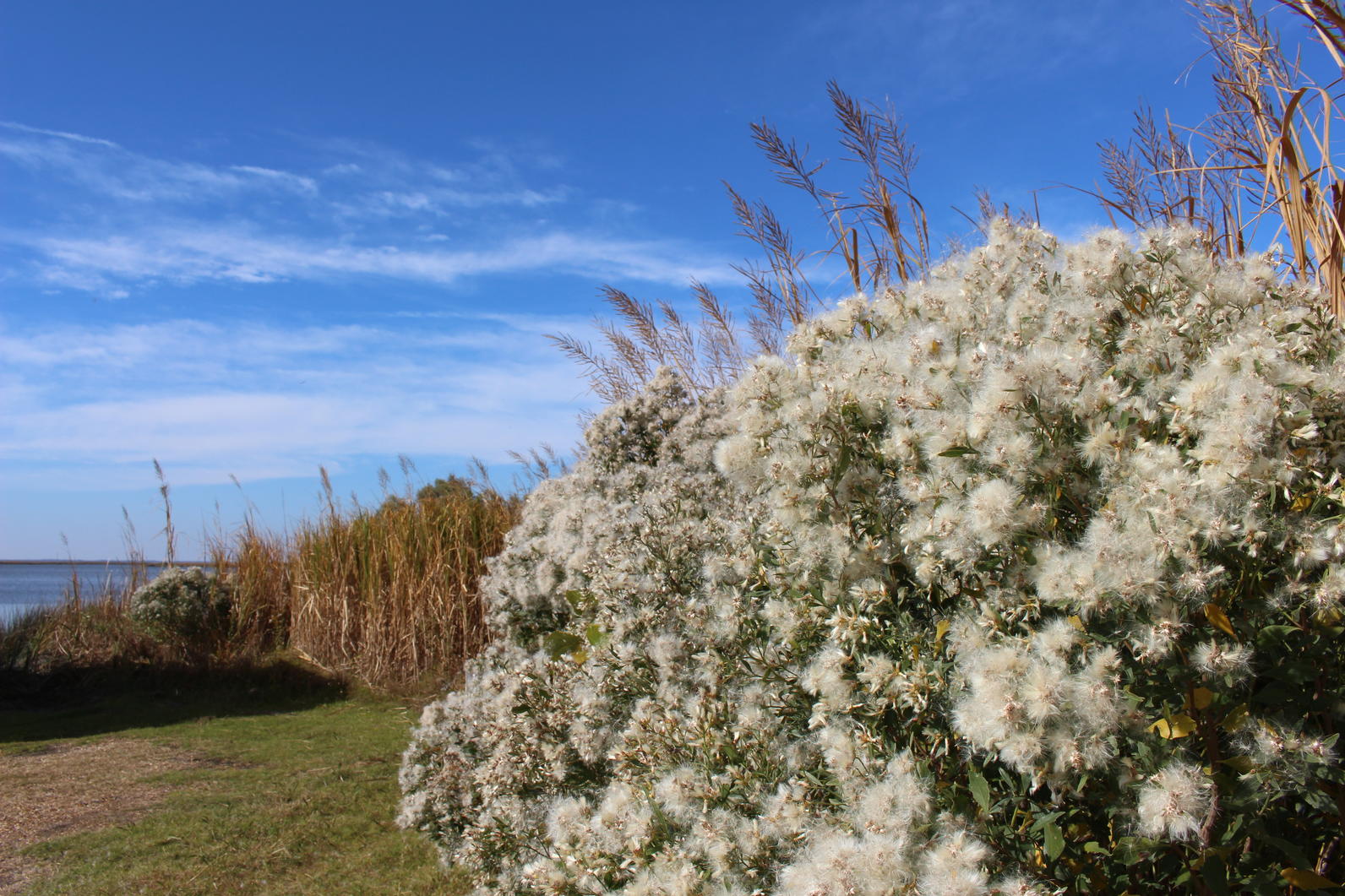Please welcome Audubon North Carolina’s Donal C. O’Brien Jr. Sanctuary Director Robbie Fearn. Robbie will direct Audubon’s restoration and revitalization efforts for the Audubon Sanctuary and the adjacent Currituck Sound.
Spring creeps slowly onto the northern Outer Banks. The cold Atlantic and still cool Sounds holding daytime temperature down a few degrees from what they are just slightly inland. But still one of our first signs of spring is, as it is across the eastern United States is the blooming of the shad bush, a lovely white understory tree or shrub that blooms while much of the rest of the forest is still drab. Just ahead of the cherries the shadbush announces the real warm up of Spring.
It is called the shadbush or shad blow because its blooming coincides with the anadromous springtime fish runs of the shad. Shad runs were a critical component of Native American and colonial American culture. So important were these runs to the economic life of early America the shad was described as “The Founding Fish” by author John McPhee. So having the shrub announce the run made it a treasure plant on the landscape.
The shadbush has another name in the colder climes of New England, where it was traditionally known a serviceberry. Because the shadbush blooms when the ground first thaws, the story goes that it launched a season of burial, when the ground was finally warm enough to bury the dead of winter, who had rested on ice until the bloom was on the bush.

Another tale says it was when mountain passes became open and circuit-riding preachers came back to town. But the name seems to derive from a European fruit with a similar name and habit, the sorbus. Often fiction is more fun than fact and its bloom did herald those spring services.
The shadbush is a plant of many names; it is also known as Juneberry for it is also an early fruiting tree. A member of the rose family, like apples and cherries, it produces bright red to purple berries beloved of birds and man. Though Man rarely gets them for Robins, Brown Thrashers, Catbirds and Cedar Waxwings will all descend upon the fruiting Juneberry. As many as 35 species of birds have been noted feeding on the berries.
Native Americans considered shadbush berries an important part of pemmican.
This is a great wildlife plant to add to your property for blooms in early spring, lovely June berries and pretty fall foliage. Plant it and let it announce spring to you each year, as it has for generations, as it does for us each year at the Audubon Sanctuary.
To ensure we can continue to protect birds and wildlife at the Audubon Sanctuary, click here to make a contribution.



